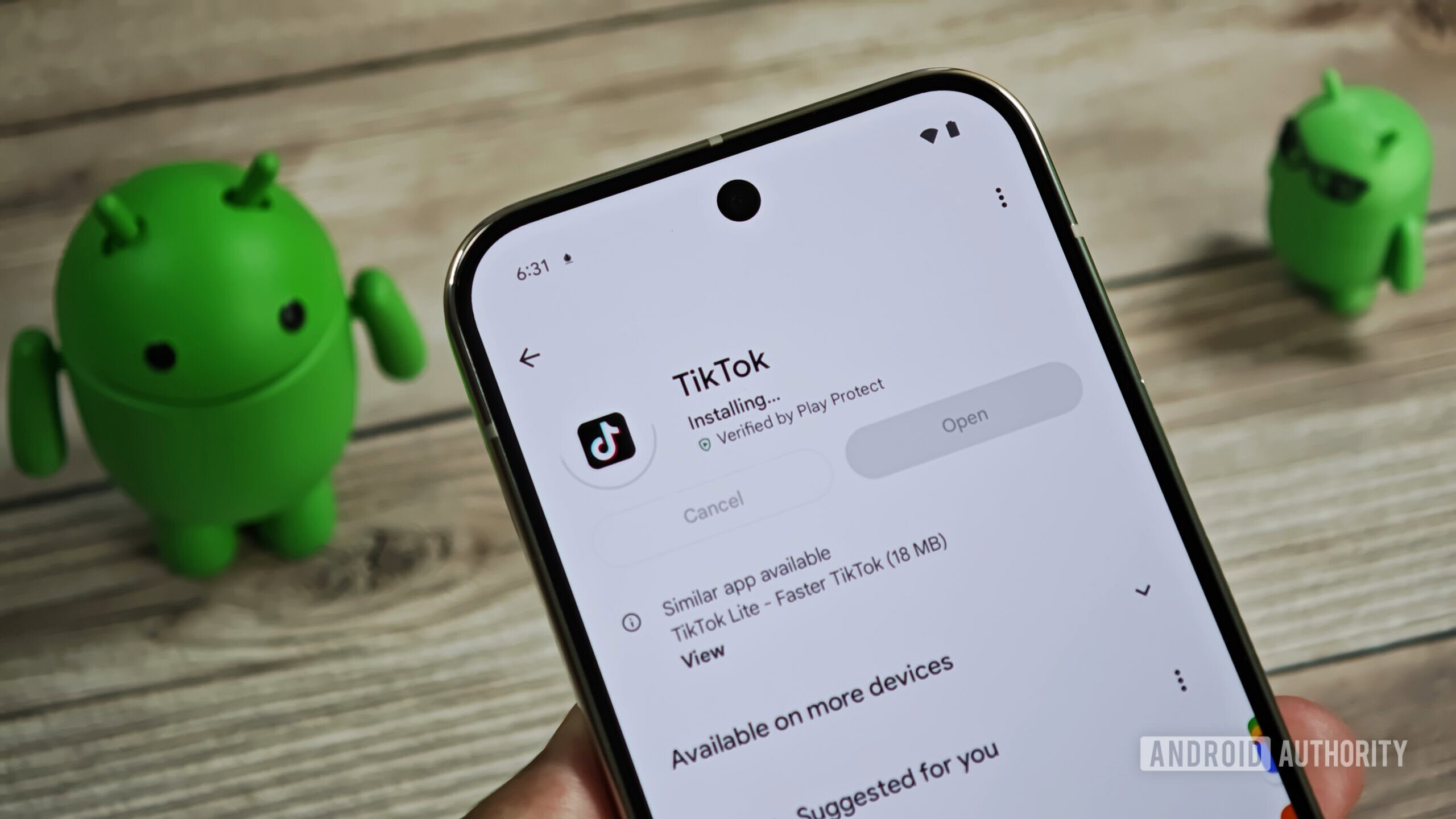RushTok backlash: Why sororities aren't letting prospects post
-
cross-posted from: https://programming.dev/post/35856181
::: spoiler Comments
- Reddit;
- Hackernews.
:::
RushTok backlash: Why sororities aren't letting prospects post
Kylan Darnell is a TikTok star known for documenting sorority recruitment, but she decided to step back from posting this year.

AP News (apnews.com)
-
cross-posted from: https://programming.dev/post/35856181
::: spoiler Comments
- Reddit;
- Hackernews.
:::
RushTok backlash: Why sororities aren't letting prospects post
Kylan Darnell is a TikTok star known for documenting sorority recruitment, but she decided to step back from posting this year.

AP News (apnews.com)
The whole concept of sororities and fraternities is so weird to me
-
cross-posted from: https://programming.dev/post/35856181
::: spoiler Comments
- Reddit;
- Hackernews.
:::
RushTok backlash: Why sororities aren't letting prospects post
Kylan Darnell is a TikTok star known for documenting sorority recruitment, but she decided to step back from posting this year.

AP News (apnews.com)
Harder to be reported for forcing your frat pledges/freshmen to do illegal things if you forbid recording it and posting it to social media.
-
cross-posted from: https://programming.dev/post/35856181
::: spoiler Comments
- Reddit;
- Hackernews.
:::
RushTok backlash: Why sororities aren't letting prospects post
Kylan Darnell is a TikTok star known for documenting sorority recruitment, but she decided to step back from posting this year.

AP News (apnews.com)
This is a quandary for sorties and fraternities.
Those organizations are all about getting attention and selling an image, hard to sell and image if you can’t use the various content delivery platforms.
While frats and sororities don’t make much sense to me, there is no need for the members to be abused. They are just a bunch of kids. So, limiting social media is a probably a really good idea.
-
The whole concept of sororities and fraternities is so weird to me
For the ones that have hazing rituals, pecking orders, and 80+ active members, yeah I agree with you.
I joined a small (~20 active members) STEM major fraternity and it was incredible. No one took it too seriously and it was just treated like a social club, which is all a fraternity is really supposed to be. It was a great way to quickly meet people with shared interests, which yeah, you don’t need a fraternity to do that, but it made things much easier for introverted, socially anxious me. Plus, STEM majors aren’t exactly the type to chat with people next to them before lecture
-
For the ones that have hazing rituals, pecking orders, and 80+ active members, yeah I agree with you.
I joined a small (~20 active members) STEM major fraternity and it was incredible. No one took it too seriously and it was just treated like a social club, which is all a fraternity is really supposed to be. It was a great way to quickly meet people with shared interests, which yeah, you don’t need a fraternity to do that, but it made things much easier for introverted, socially anxious me. Plus, STEM majors aren’t exactly the type to chat with people next to them before lecture
Similar experience for me! I joined the co-ed service "fraternity" Alpha Phi Omega... they coordinated many different volunteering efforts and projects; but also had some social events for the members. Great way to meet kind-hearted people!
-
The whole concept of sororities and fraternities is so weird to me
Affordable housing.
Another perk for people that take on leadership positions is exposure to what is effectively running a small buisness under the worst possible circumstances.
-
Affordable housing.
Another perk for people that take on leadership positions is exposure to what is effectively running a small buisness under the worst possible circumstances.
...exposure to what is effectively running a small buisness under the worst possible circumstances.
That is the funniest damn thing I've read in a long time, so true. It's like a zero star motel where the employees are the customers with burning man and some ted talks thrown in. If you get that into the black and manage to avoid a subpoena, you are ready to take a company public.
-
-
Judge blocks FTC probe into Media Matters, calls it government "retaliation" that should alarm Americans | FTC probe blocked in escalating X dispute
Technology 1
1
-
-
-
European Union Ecodesign Requirements for Smartphones Now in Effect: Two Steps Forward, One Step Back
Technology 1
1
-
Google Play’s latest security change may break many Android apps for some power users. The Play Integrity API uses hardware-backed signals that are trickier for rooted devices and custom ROMs to pass.
Technology 1
1
-
-




